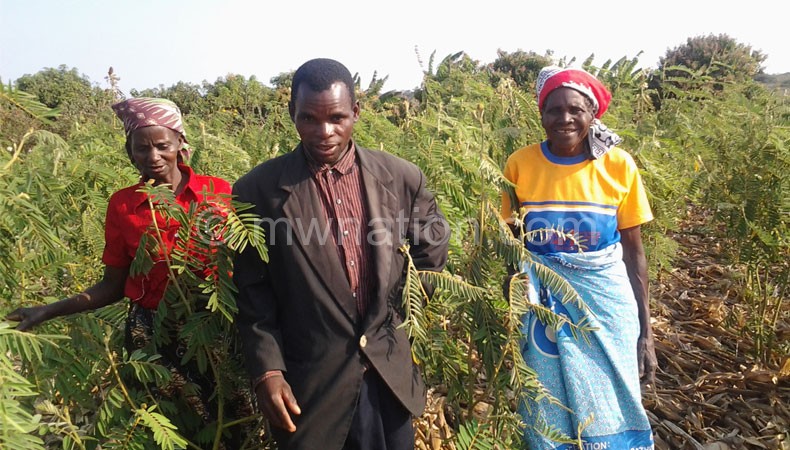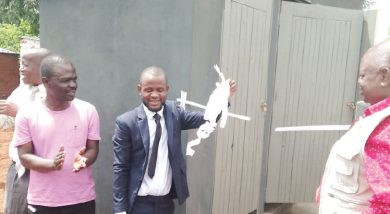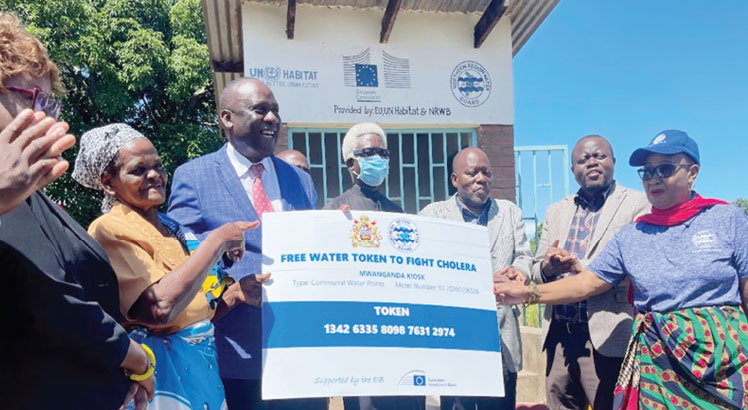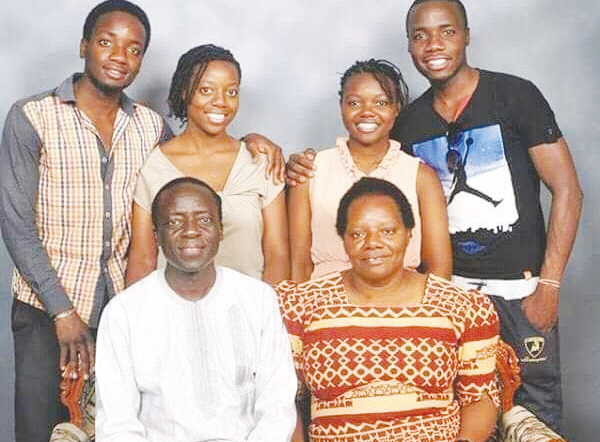Fertiliser trees for soil redemption

It is a bright hot sunny day, but Moses Shonga is taking a jolly walk in his maize field while whistling a tune. He gazes at the beautiful scenery of evergreen fertiliser trees in his four-acre field and beams with pride.
“My area is sandy and the soil lost fertility many decades ago, but the trees have restored fertility to my maize field. I no longer depend on the State-run Farm Input Subsidy Programme [Fisp] for fertiliser,” says Shonga.
Every year about 1.5 million poor smallholder farming households in Malawi continue to rely on government subsidised fertiliser for food production. Due to lack of an exit strategy, government has maintained Fisp since its inception in 2005.
While many farmers seem unprepared to graduate from Fisp Shonga has managed to wean himself from it.
The story of Shonga, a lead farmer from Traditional Authority (T/A) Mtwalo in Kenani Shonga Village, Mzimba is not only extraordinary, but stimulates debate between policy makers, donors and advocates for Fisp exit strategy.
Today, Malawi is facing a daunting challenge in sustainable food production because of poor soils among other factors. Population has increased immensely and land holding size per person is diminishing. Chemical fertilisers have instead become plausible solution to the perpetual challenge of declining soil fertility.
Climate change has worsened soil infertility due to erratic rains, extreme temperatures and droughts. Over the years, farmers have been harvesting less and less.
For the rural poor, the million-dollar question is: “Will the application of chemical fertilisers improve crop productivity and remain a sustainable solution?”
Shonga’s experience provides a more plausible, viable sustainable way of nurturing and improving soil fertility. He believes the use of fertiliser trees in maize cropping system is solution to improved soil and crop productivity.
In 2008 Shonga planted fertiliser trees of Gliricidia and Tephrosia in his maize field.
“I practice conservation agriculture with trees (Cawt) and this technology ensures adequate soil cover in my field to retain moisture. When there is a dry spell, my crops are not affected,” he said.
Cawt is a conservation farming practice that integrates trees with annual crops to maintain a green cover throughout the year. It also helps with nutrient recycling and maintaining soil organic matter.
Currently, a 50 kilogram bag of fertiliser costs about K17 000 which is very expensive to most farmers, especially those who are not guaranteed Fisp coupons. Because of this uncertainty in accessing chemical fertiliser, Shonga decided to adopt the technology of fertiliser trees as an innovative way of replenishing soil fertility in his maize field.
Previously, he used to apply four bags of fertiliser, two of which were bought using Fisp coupons. After planting Gliricidia and Tephrosia he started reaping the benefits such that he now uses half the amount of chemical fertiliser.
He is now an ardent advocate of trees on farms.
“This year I have harvested 50 bags of maize while previously, I used to harvest half of that,” he said.
He adds that he is now able to support his family from the proceeds of selling surplus maize.
Agroforestry Food Security Programme (AFSP), through the World Agroforestry Centre is promoting the use of fertilsier trees in maize fileds.
Bruce Sosola, AFSP programme manager said the trees are a sustainable way of improving soil fertility in most smallholder farmer systems.
“Chemical fertilisers alone cannot solve the problems that Malawi soils are facing because they do not replenish soil organic matter. Numerous research conducted in this country indicate that integration of fertiliser trees in maize cropping improves the soil organic matter and enhances the nutrient use efficiency.
“This soil improvement substantially reduces the recommended dosage of nitrogen chemical fertiliser applied in farmers’ fields by half,” he said.





